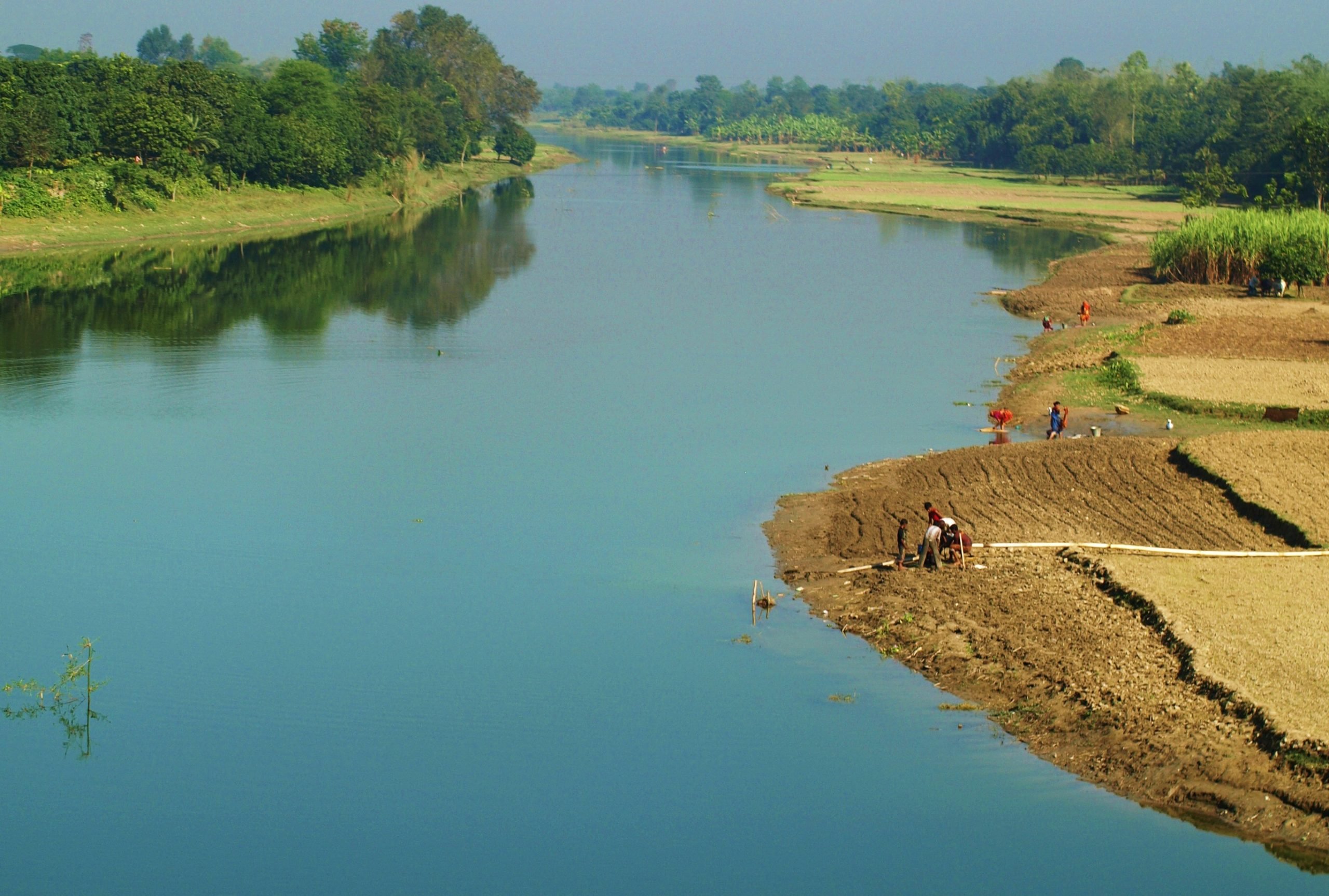
Published :
Updated :

Environmental and river protection activists have brought to public notice as many as 500 mistakes in a book, Bangladesher Nad Nadir Sanga and Sangkha (Definition of rivers and their number in Bangladesh) published by the National River Conservation Commission (NRCC). One wonders how many pages does the book have? If a book published by the commission responsible for looking after the existing rivers and, if possible, restoring the dying ones errs so randomly on providing the right information about the country's rivers, the sincerity and capacity of the autonomous body to uphold the status of rivers as 'living entities' come into question.
The most contentious is the number of rivers. According to the book, there are 1,008 rivers in the country. But the activists campaigning for protection of rivers put the number of names of rivers available at 1,908 and they claim the number would be more than 2,000. The other highly controversial issue is the removal of 60,000 river encroachers or grabbers from the list. This has prompted the activists to demand reenlisting those names.
In this connection, the recently removed chairman of the NRCC, during the incumbency of whom the book was published, tried to clarify rather naively. His contention is that the custodians of rivers are district commissioners (DCs), each of whom was approached for information, and the list was prepared with the figures supplied by them. There was no complete official list of rivers in the country for long 52 years, he elaborates and demands credit for doing the same. Then he admits that some mistakes may crop up in it and adds there is scope for correction of those.
When the number of rivers the book contains is almost half the total claimed by the rights organisations, can it be dismissed off-handed as 'some mistakes'? Then in whose interest has as big a number as 500 of the encroachers been deleted from the list of the river grabbers? A mistake like the omission of the name Ganga flowing as part of the Padma is one thing and the serious misinformation with number and deliberate act of deleting the names of culprits are completely different things. If the first can originate out of ignorance, the other two smell rat in the whole exercise.
Again, the book has enlisted 179 rivers flowing through the Sunderbans but there exist as many as 227 of them, claim the campaigners. This may be a case of not doing enough homework. The same goes with the mini waterfalls and cascades in the hilly areas of Chattogram and hill tracts as well as kharis (firths) in the Barendra area. A few of them qualify to be rivers but the book is silent about those. So, the book fails to present a comprehensive picture of rivers that are and were once.
The NRCC was supposed to be an independent, autonomous and neutral body that would enjoy enough liberty to go about its mission of saving and reviving the rivers that crisscross or did so in the past to make the deltaic plain much fertile. If the NRCC does such a shoddy job in its documentation, it undermines its own right to its autonomy. Surely, the poor account it has given of itself has triggered protest against its performance and the demand for withdrawal of the book immediately. The misinformation and omission in certain cases may encourage the river encroachers to take their nefarious acts to a new level. Many of the dying rivers may be strangulated by the criminals.
So the book must be withdrawn before the bad elements can take undue advantage out of the book's figures and other details. The High Court's declaration of rivers as living entities has hardly been backed up by political will. Here is an issue that has its contextual relevance to life and living of the inhabitants of this land but without political will, the required publicity, awareness and public participation in the whole campaign cannot be expected. The activists campaigning for conservation of rivers alone cannot be successful unless the common people themselves also become alive to the crisis and active defenders of the rivers that sustain Bangladesh with nourishment.
nilratanhalder2000@yahoo.com


 For all latest news, follow The Financial Express Google News channel.
For all latest news, follow The Financial Express Google News channel.